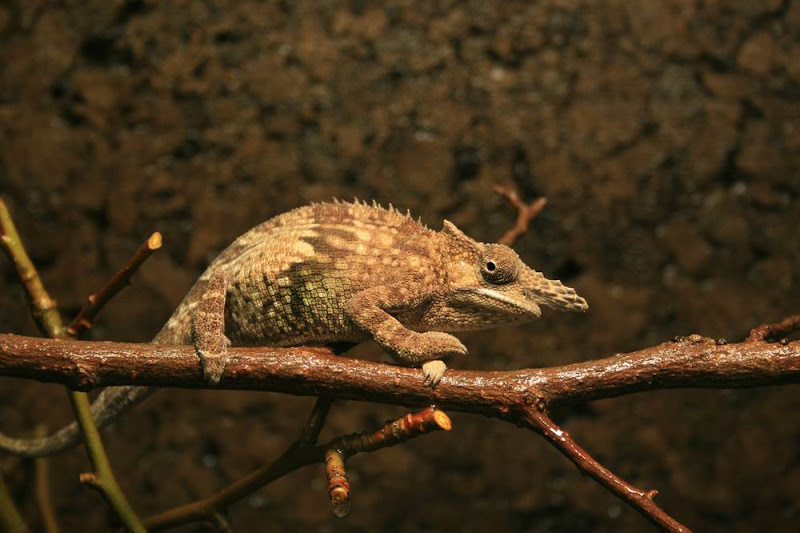Titan
New Member
As Eric Stated above, His perrished in 24 hrs. and that still happens to many new Fishers owners. These are nearly 100% wild caught amimals. and riddled with various paracites before you recieve them. So instant treatment is, In my eyes the only way to hope and longevity, with most of these Wild Caughts.
Ive had this species for 4 years now.(Still have those ones) But met a few failures along the way. several arrived to me and were on the deathbed before treatment could even soak in.
What a great fun Species once you have a Healthy animal and I would recomend them as Just great Chameleons to anyone with abit of experience!
I'm doing my best recently to produce some CH young, I have my fingers crossed, as this has not occured in captivity often. I have the healthy fishers pairs they are making the eggs, now its up to me and my notebook to do the rest. I'll share my success and information here if all works out.
Ive had this species for 4 years now.(Still have those ones) But met a few failures along the way. several arrived to me and were on the deathbed before treatment could even soak in.
What a great fun Species once you have a Healthy animal and I would recomend them as Just great Chameleons to anyone with abit of experience!
I'm doing my best recently to produce some CH young, I have my fingers crossed, as this has not occured in captivity often. I have the healthy fishers pairs they are making the eggs, now its up to me and my notebook to do the rest. I'll share my success and information here if all works out.






